Vietnamese turmeric fish with dill and noodles is a perfect combination of white fish and traditional spices from the food culture of Vietnam. A marinade made from turmeric, galangal, and shrimp paste (or fish sauce) gives the fish a unique flavor and a captivating golden color.
When served with fresh herbs and vermicelli noodles, this Northern Vietnamese delicacy makes for a wholesome meal. Sweet, sour, and savory with a touch of umami flavor, Cha Ca La Vong will satisfy even the pickiest foodies.
Cha Ca La Vong – A Dish With More Than 100 Years Of History
“Chả Cá Lã Vọng” is a creation of the Doan family, who lived in Hanoi back when Vietnam was still a French colony. Although the Doan used to make this dish for the resistance army, it was not until 1871 that they officially opened a restaurant and started selling Cha Ca La Vong to the locals.
La Vong (Lu Wang) was the title of Jiang Ziya, a historical figure in ancient China. The locals gave the Doan family’s specialty this name since there was always a statuette of Lu Wang in their restaurant.
Cha Ca La Vong consists of white fish fillets marinated in a mixture of turmeric, galangal, and shrimp paste, then grilled and fried with fresh herbs. Not only does the marinade provide an out-of-this-world flavor, but it also coats the fish in a beautiful golden color.
Tools
I believe the above introduction has convinced you to make this iconic Vietnamese dish, and here are all the necessary kitchen tools.
Ingredients
Prepare the following ingredients to make the most authentic Cha Ca La Vong. Some of them might be a bit hard to find, but worry not; there are viable alternatives.
Directions
Let’s get to the kitchen and turn your fish fillets into a delectable bowl of Cha Ca La Vong!
Step 1: Prepare The Ingredients
Cut the fish fillets into bite-sized square pieces that are about 0.5 inches thick.
Cut ¾ of the dill into pieces and mince the remaining dill leaves. You’ll use the minced leaves to marinate the fish later.
Cut the green part of the scallions into bite-sized pieces and julienne the white stalks. The white parts have a slightly pungent taste which you can reduce by soaking them in iced water.
Mince the shallots, garlic, and lemongrass.
Remove the chili peppers’ stems. Cut the peppers into thin slices.
The com me that I use has already been filtered. If yours is unfiltered, you’ll need to puree it and pass it through a sieve. Skip this step if you’re using plain yogurt.
Step 2: Make The Turmeric And Galangal Juice
Wash the galangal roots, then crush or grind them. Save 1 tablespoon of ground galangal for adding to the fish marinade. Strain the galangal using a straining bag to squeeze out the juice.
Likewise, rinse to clean the turmeric and crush or grind them. Squeeze out the turmeric juice and get rid of the leftover pulp.
I highly recommend wearing food prep gloves while juicing turmeric. Otherwise, your hand will turn yellow. Besides doing this step manually, you can also use a juicer if you have one to save time.
Step 3: Marinate The Fish
Put the fish in a large bowl.
Season the fish with a mixture of 1 tablespoon of minced dill, 1 tablespoon of minced shallot, 1 tablespoon of minced lemongrass, 1 tablespoon of minced garlic, 3 tablespoons of galangal juice, 3 tablespoons of shrimp paste, 3 tablespoons of fermented rice, 3 tablespoons of turmeric juice, 1 teaspoon of salt, 2 tablespoons of sugar, 1 tablespoon of pepper, 1 tablespoon of ground galangal.
Mix well and allow the fish to marinate for 1 hour in a refrigerator.
Step 4: Blanch The Noodles
While waiting for the fish to absorb the spices, bring a pot of water to a boil and add a little cooking oil. Blanch the noodles in the boiling water and put them in a bowl of cold water. Drain the noodles and proceed to make the dipping sauce.
Step 5: Make The Dipping Sauce
Mix 3 tablespoons of shrimp paste with 2 tablespoons of sugar and 2 tablespoons of kumquat juice. Stir well until you see small bubbles in the sauce. Then, add the minced garlic and sliced chili.
Feel free to adjust the sauce’s saltiness depending on your preference.
Step 6: Bake The Fish
Line a baking tray with aluminum foil. Brush a thin layer of oil on the foil to prevent the fish from sticking. Place the marinated fish in the lined tray.
Preheat your oven to 390 degrees F (200 degrees C) for 10 minutes. Then, bake the fish at that temperature for 15 minutes.
Take the fish out of the oven and check their doneness. They are ready for the next step if the surface is slightly golden.
Step 7: Fry The Fish
Place a pan on the stove and heat some cooking oil or fat. When the oil is heated, add the baked fish and fry them until golden brown on both sides.
Next, add the scallions (both leaves and stems) and dill to the pan. Stir gently for 30 seconds.
Turn the heat to the lowest level to keep the fish hot while eating. You can also turn off the heat but keep the pan on the stovetop.
The Best Way To Serve Cha Ca La Vong
Cha Ca La Vong is traditionally served with roasted peanuts, shrimp paste, and vermicelli noodles. Banh Da Nuong (toasted rice paper) is also an excellent addition. There are 3 common ways to enjoy this dish:
The first way, which is my favorite, is to serve the fish in a bowl with vermicelli noodles, vegetables, roasted peanuts, and shrimp paste. Drizzle a little shrimp paste over everything and mix well.
You can also put the fish, fresh scallion, and dill in a bowl and pour the hot oil you used to fry the fish on top. The heat from the oil will be enough to cook the scallion and dill slightly.
Last but not least, adding vermicelli noodles to the pan and briefly stir-frying them with the fish and veggies is not a bad idea. While this is great for infusing the noodles with flavors, some might find the dish a bit greasy.
Useful Tips Everyone Should Know
The tips in this part will give you an easier time in the kitchen. I’ll also include some ways to change up the recipe to your liking.
Have The Best Meal With Cha Ca La Vong!
Cha Ca La Vong is among the most iconic dishes in Northern Vietnamese cuisine. Today, its popularity has spread to other regions in the country as well, and for good reasons. Once you’ve given this delicacy a try, I’m sure you’ll want to make it over and over again.
It would be a big mistake to skip this delicacy, especially if you were a fan of aromatic and flavorsome seafood dishes. Now that you’ve reached the final part of today’s post, don’t forget to drop it a like and share this delectable recipe with other people!
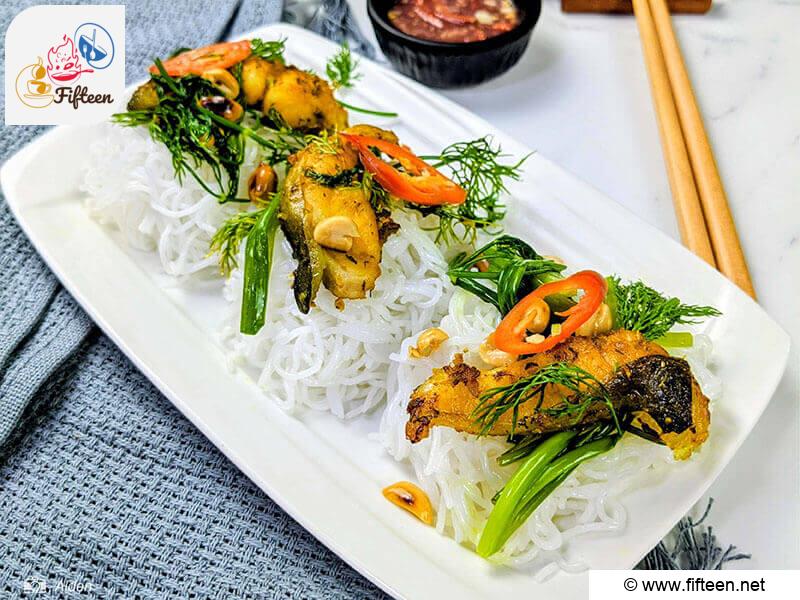
Vietnamese Turmeric Fish With Dill And Noodles (Chả Cá Lã Vọng)
Ingredients
- 2.2 pounds (1 kilogram) of catfish fillet
- 3 tablespoons turmeric juice
- 3 tablespoons galangal juice
- 5.3 ounces (150 grams) fresh galangal, for juicing
- 5.3 ounces (150 grams) fresh turmeric, for juicing
- 1 tablespoon freshly ground galangal
- 1.76 ounces (50 grams) of garlic
- 1.76 ounces (50 grams) shallots
- 1.76 ounces (50 grams) of lemongrass
- 1 bunch of scallions (2.8 – 3.5 ounces)
- 1 large bunch of dill (2.8 – 3.5 ounces)
- 0.35 ounces (10 grams) of roasted peanuts
- 3 tablespoons fermented rice (cơm mẻ) or plain yogurt
- 3 tablespoons shrimp paste or fish sauce
- 1 tablespoon ground pepper
- 2 tablespoons sugar
- 1 teaspoon salt
- Vegetable oil
- 1.1 pounds (500 grams) of vermicelli noodles
For the dipping sauce
- 3 tablespoons shrimp paste
- 2 tablespoons sugar
- 2 tablespoons kumquat juice
- Minced garlic
- Sliced chili peppers
Instructions
- Cut the fish fillets into bite-sized square pieces that are about 0.5 inches thick.
- Cut ¾ of the dill into pieces and mince the remaining dill leaves.
- Cut the green part of the scallions into bite-sized pieces and julienne the white stalks.
- Mince the shallots, garlic, and lemongrass.
- Remove the chili peppers’ stems. Cut the peppers into thin slices.
- Puree and filter the com me if needed.
- Wash the galangal roots, then crush or grind them. Save 1 tablespoon of ground galangal. Squeeze the juice out.
- Clean the turmeric and crush or grind them. Squeeze out the turmeric juice.
- Season the fish with minced dill, lemongrass, shallots, garlic, galangal juice, shrimp paste, fermented rice, turmeric juice, salt, sugar, pepper, and ground galangal.
- Mix well and marinate for 1 hour in a refrigerator.
- Blanch the noodles in boiling water with a little cooking oil.
- Put them in a bowl of cold water then drain them.
- Mix shrimp paste with sugar and kumquat juice. Stir well until you see small bubbles in the sauce. Then, add the minced garlic and sliced chili.
- Line a baking tray with aluminum foil. Brush a thin layer of oil on the foil.
- Place the marinated fish in the lined tray.
- Preheat your oven to 390 degrees F. Bake the fish at that temperature for 15 minutes.
- Take the fish out of the oven and check their doneness.
- Place a pan on the stove and heat some cooking oil or fat.
- When the oil is heated, add the baked fish and fry them until golden brown on both sides.
- Next, add the scallions (both leaves and stems) and dill to the pan. Stir gently for 30 seconds.
- Turn the heat to the lowest level to keep the fish hot while eating. You can also turn off the heat but keep the pan on the stovetop.
- Enjoy!
Video
Notes
- The total time is for making 5 servings.
- Banh Da Nuong (toasted rice paper) is an excellent choice to serve with Cha Ca La Vong.
- You can reduce the amount of shrimp paste used in the fish marinade to your liking. Remember to give a paste a taste-test first to see how salty it is.
- Too much turmeric will also result in the fish having a yellowish color so be aware.
- The best, and traditional way, to cook the fish is to grill them over a coal stove. However, an oven or an air fryer are great alternatives.
- Instead of baking, you can also pan-fry the fish with just enough oil to coat the pan.
- Adding sesame oil to the fish marinade can prevent the fish from drying after baking and add a little flavor.


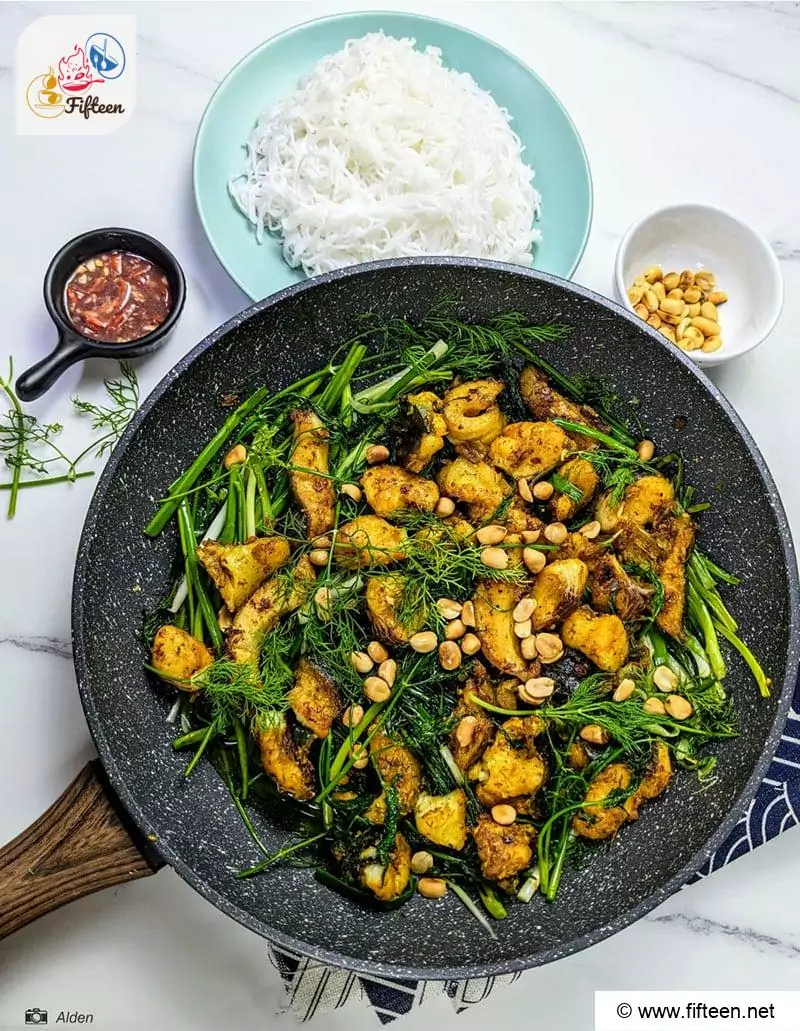
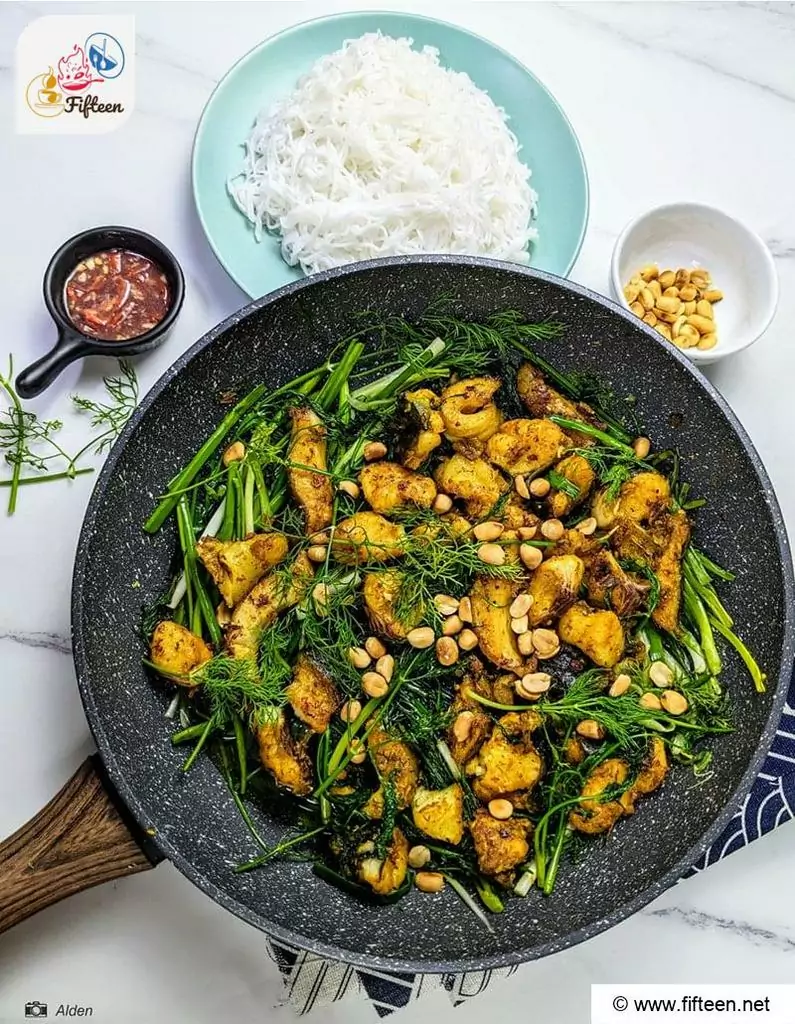
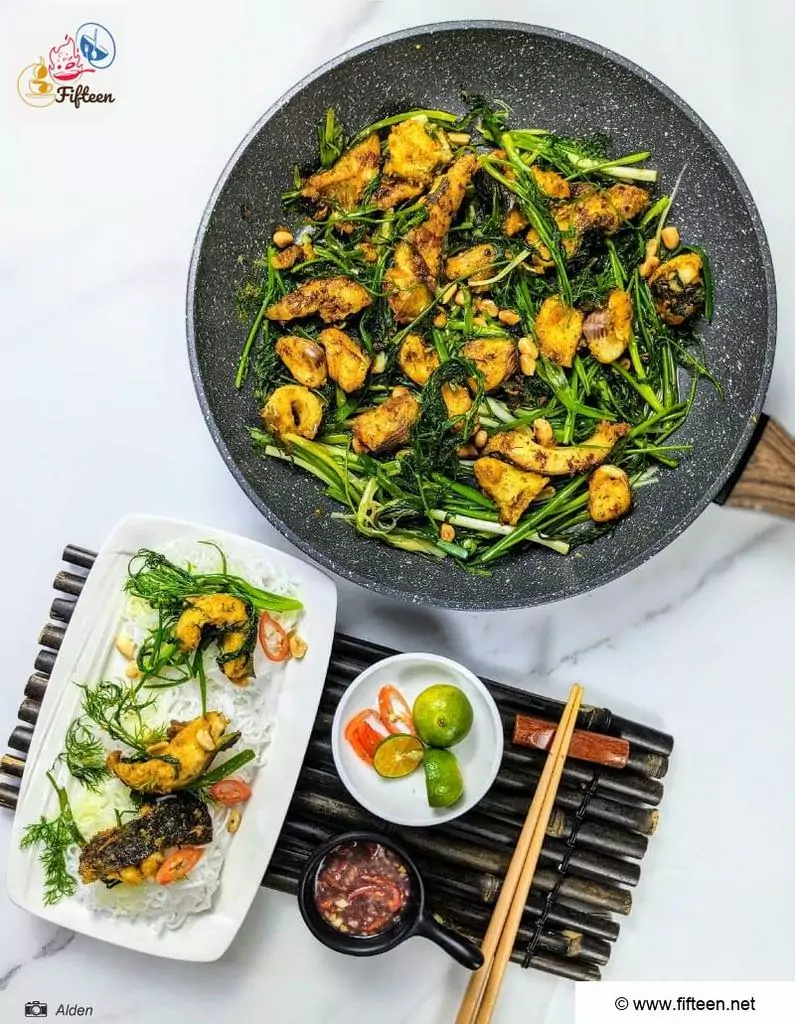
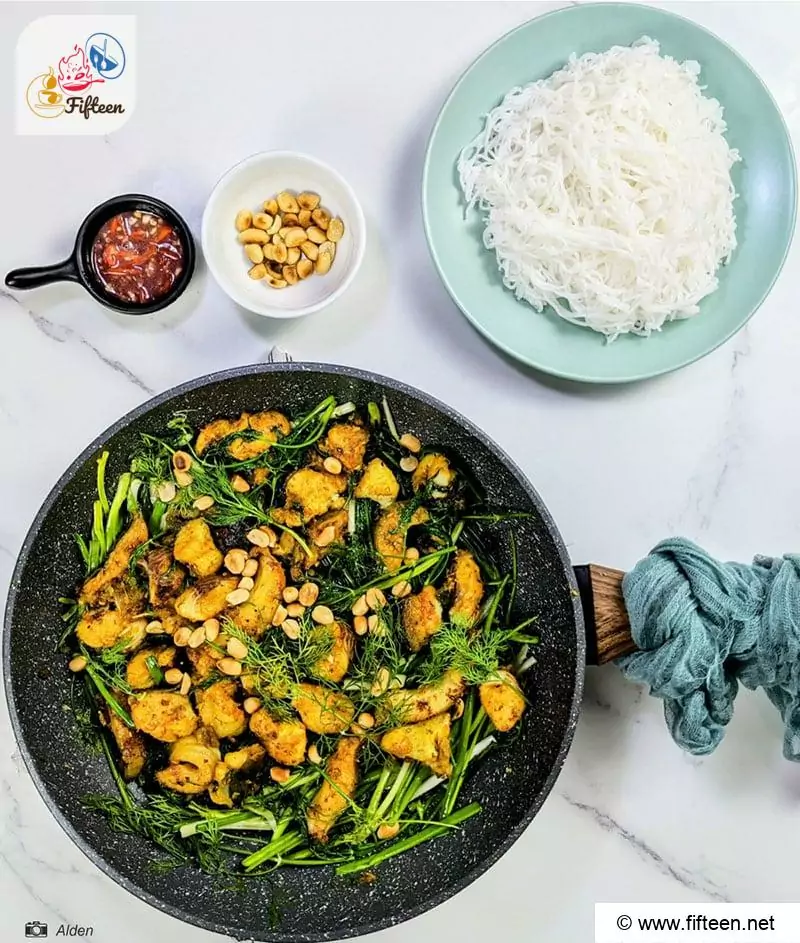
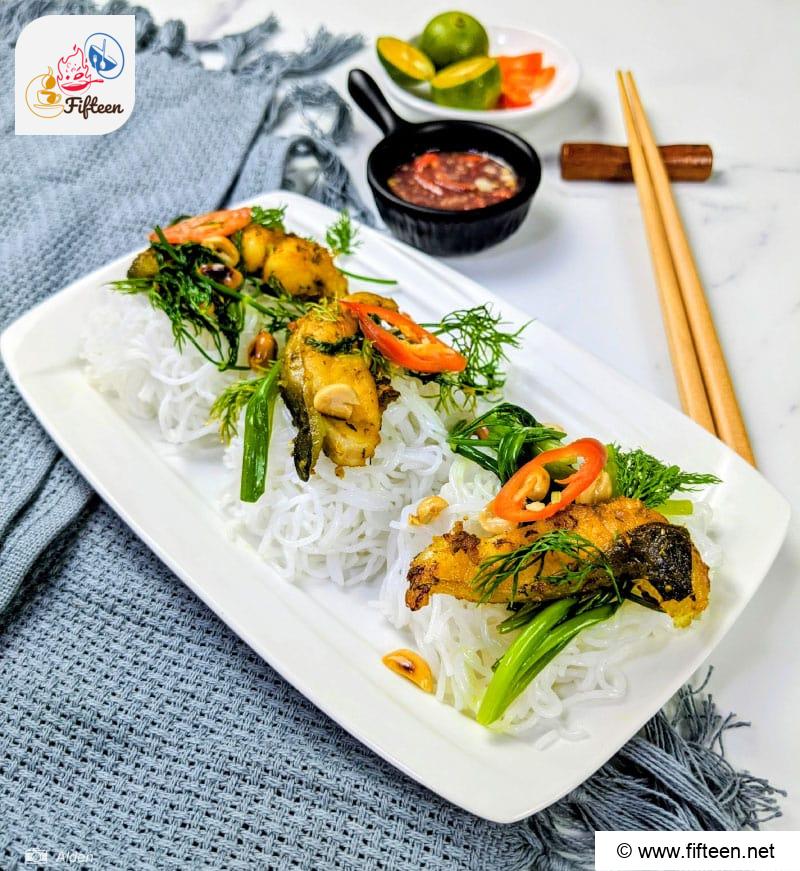
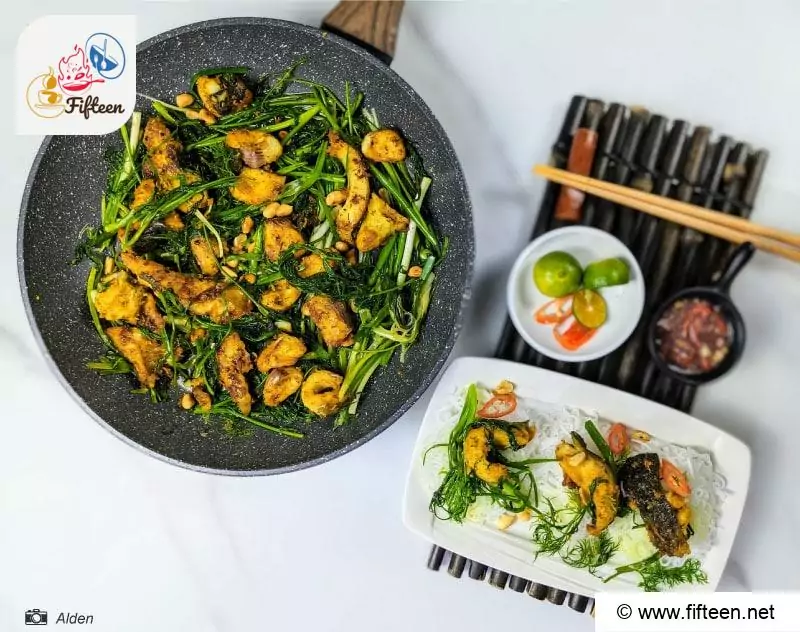
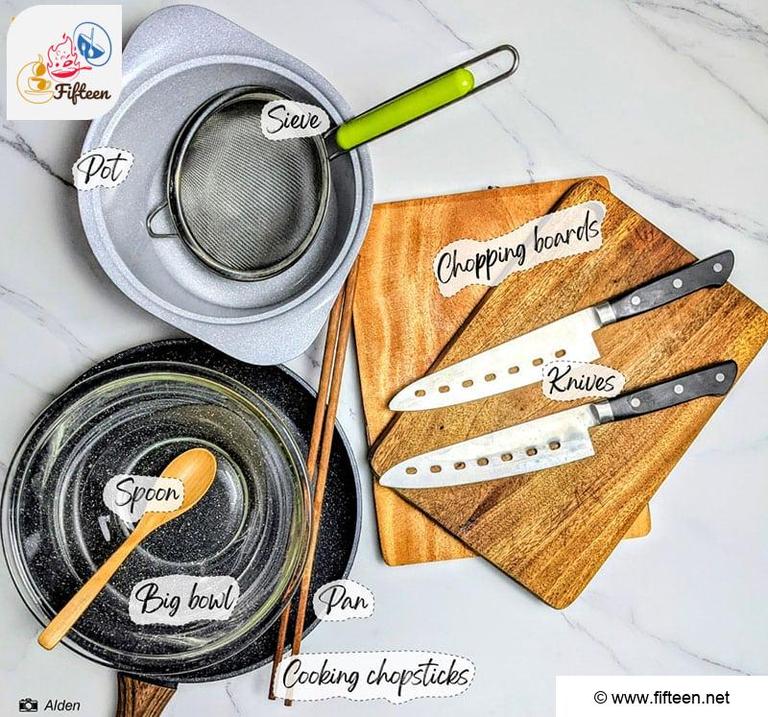
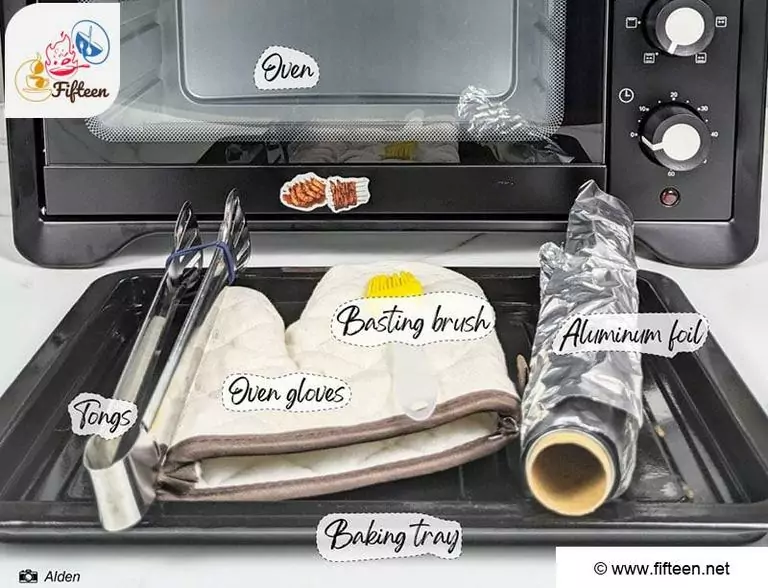
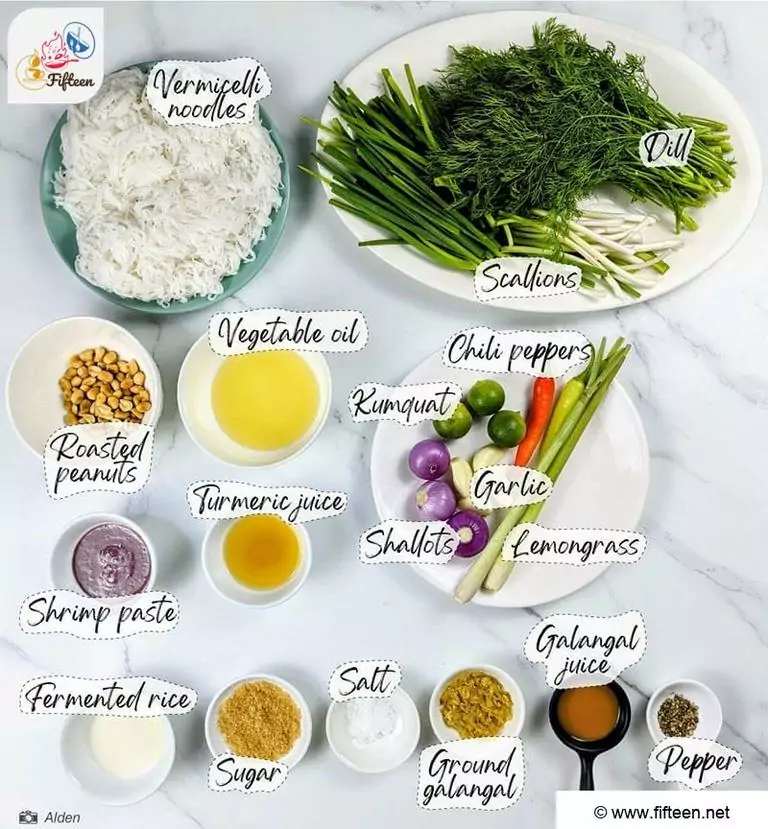
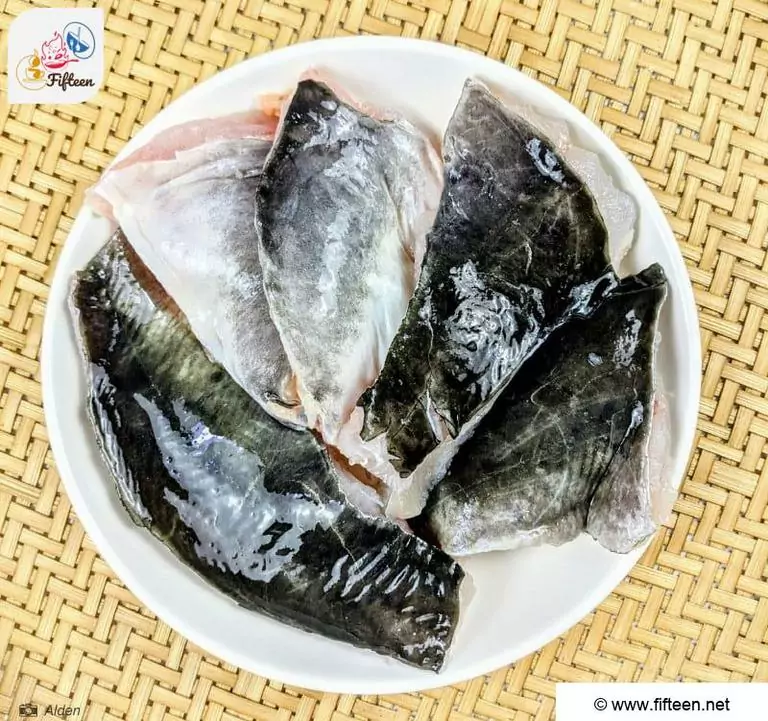
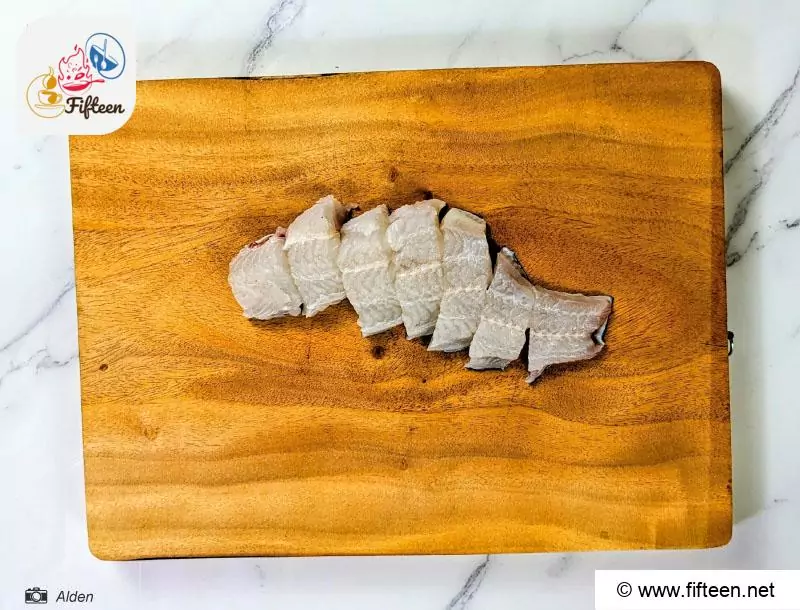
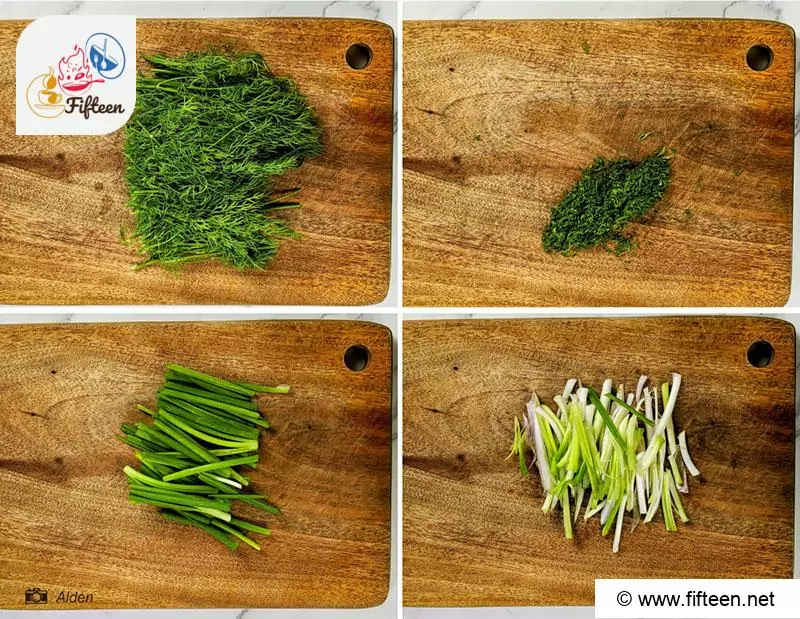
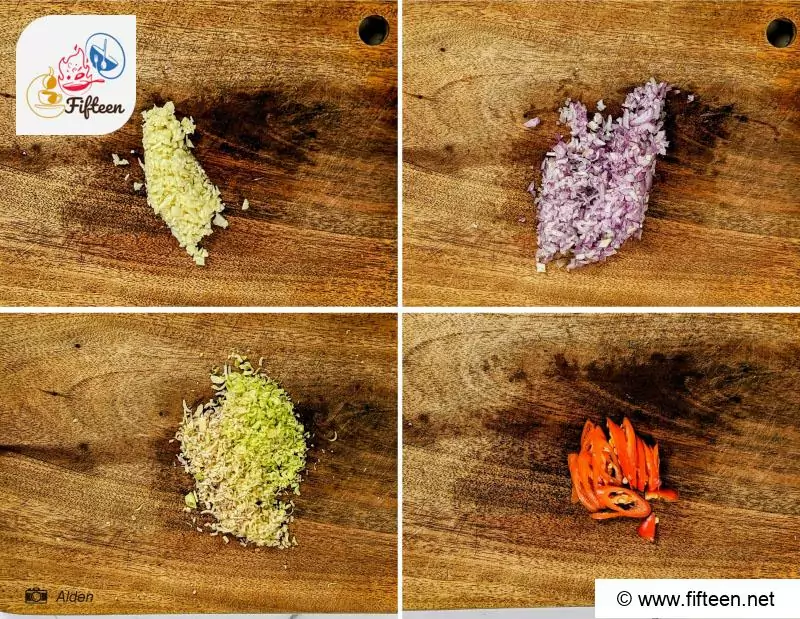
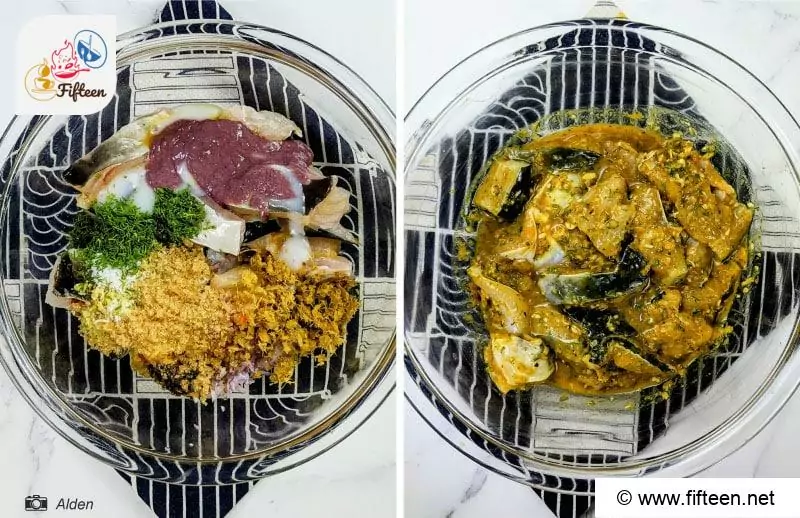
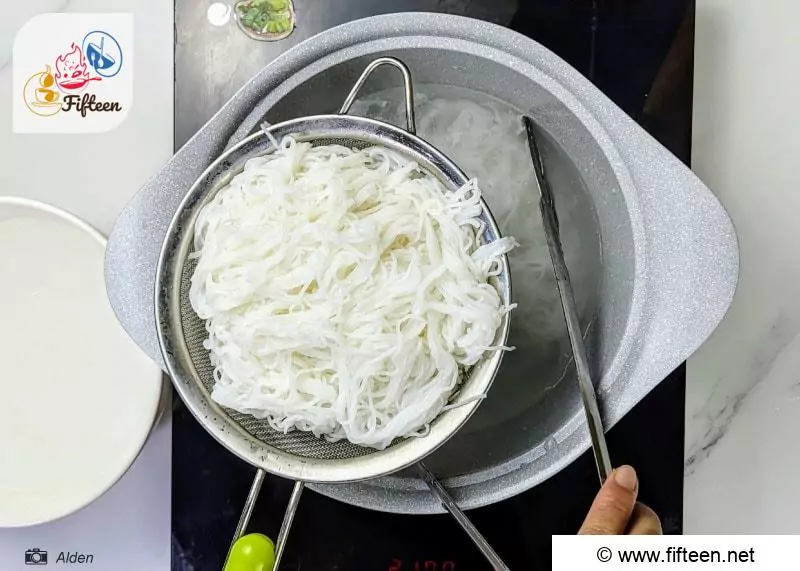
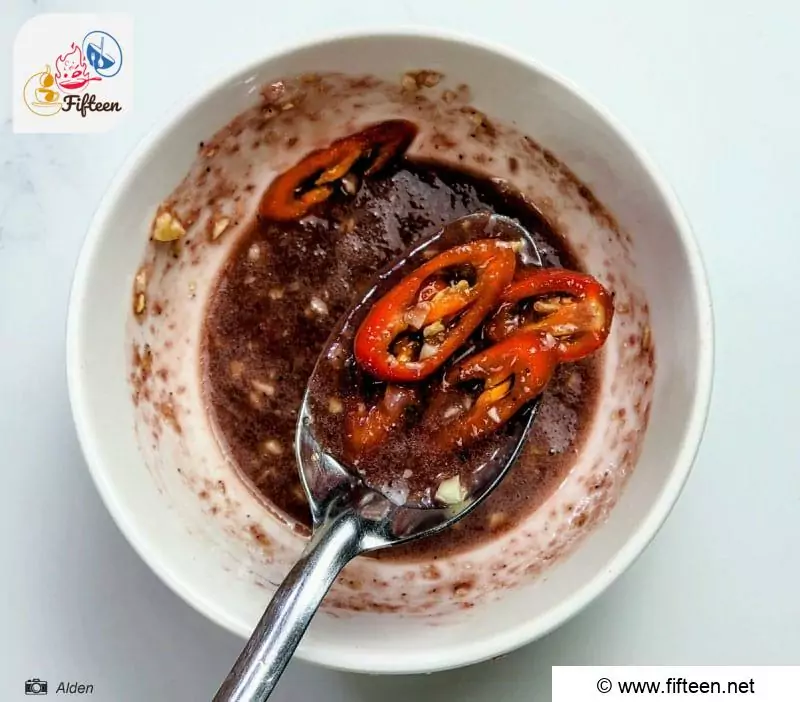
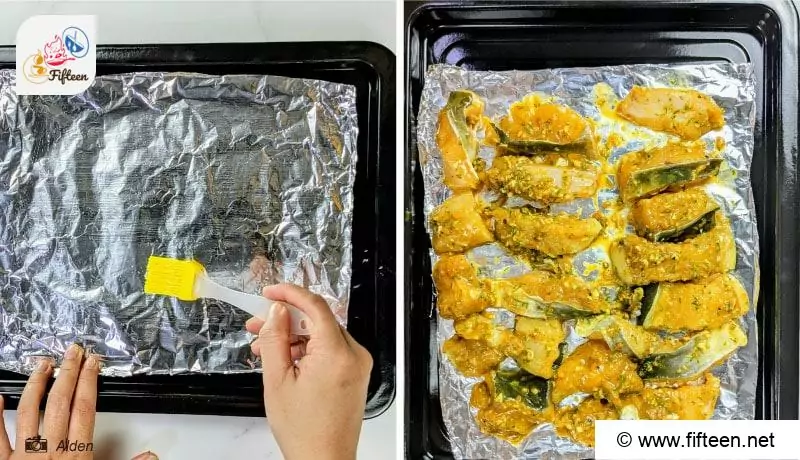
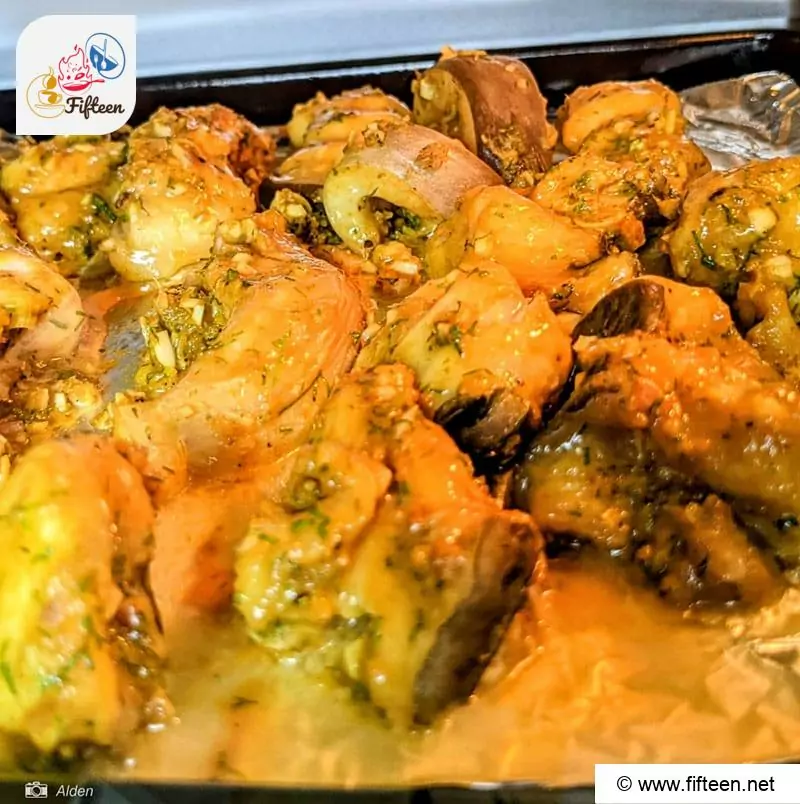
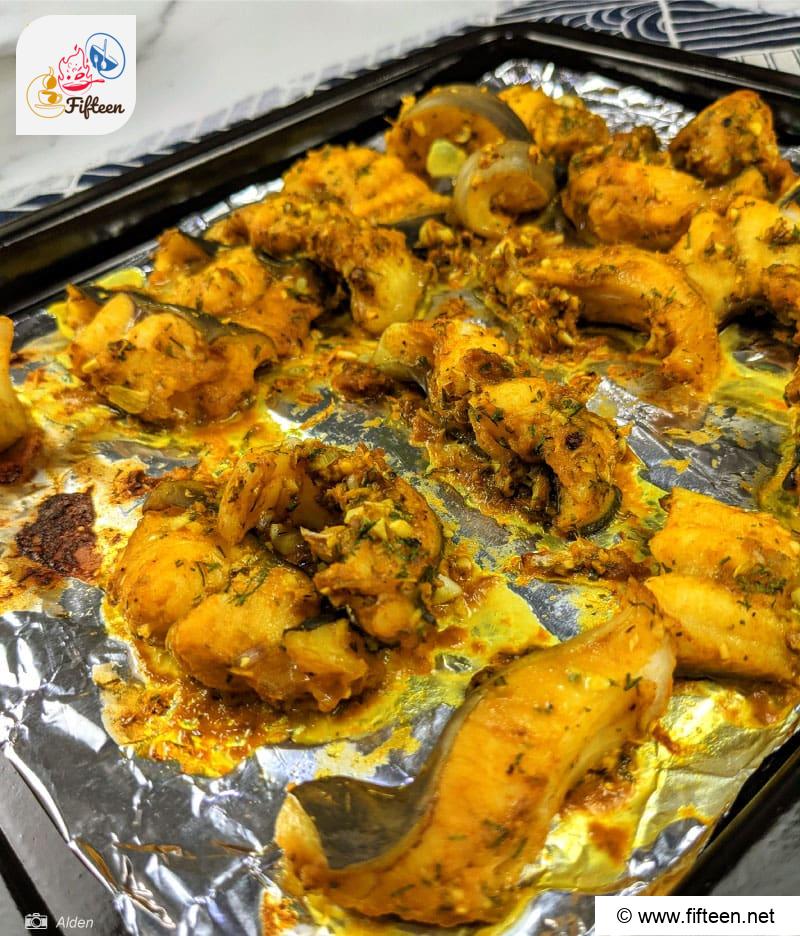
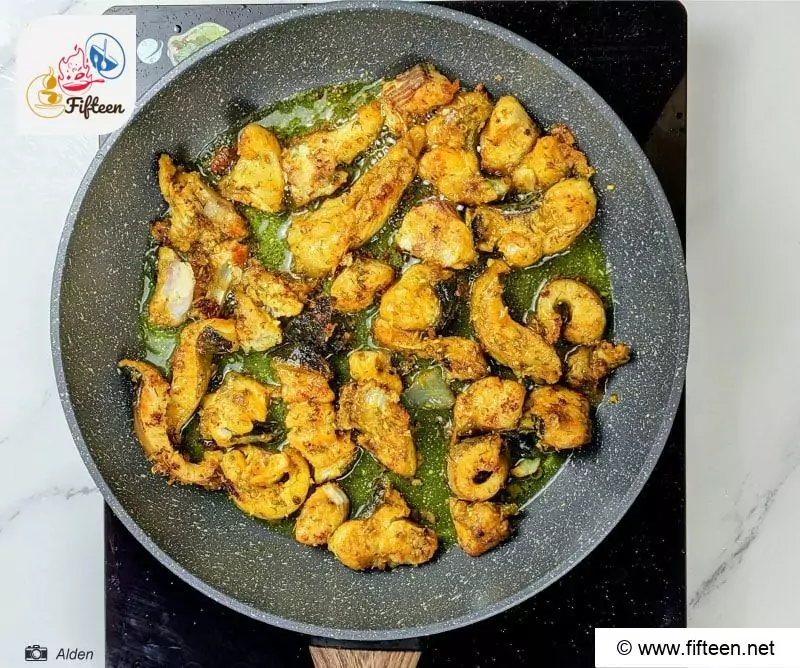
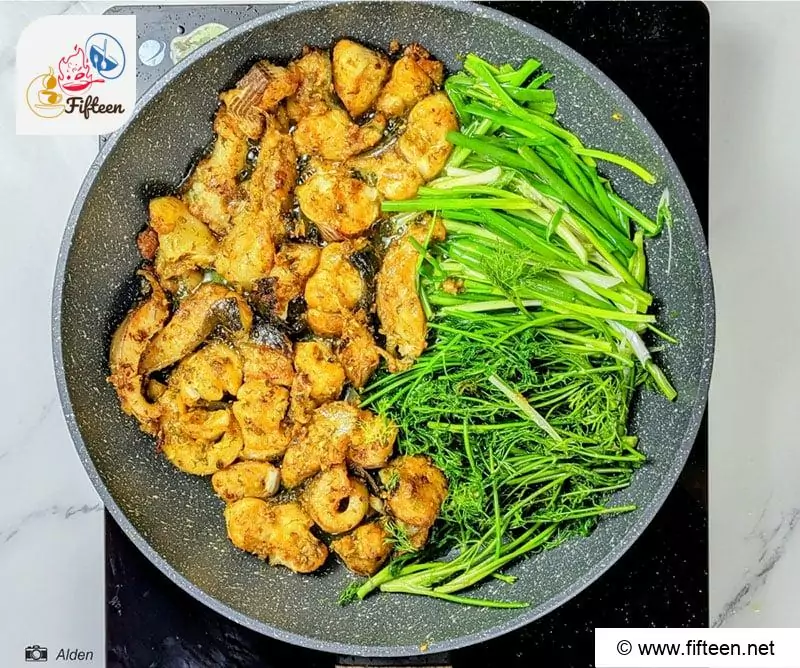
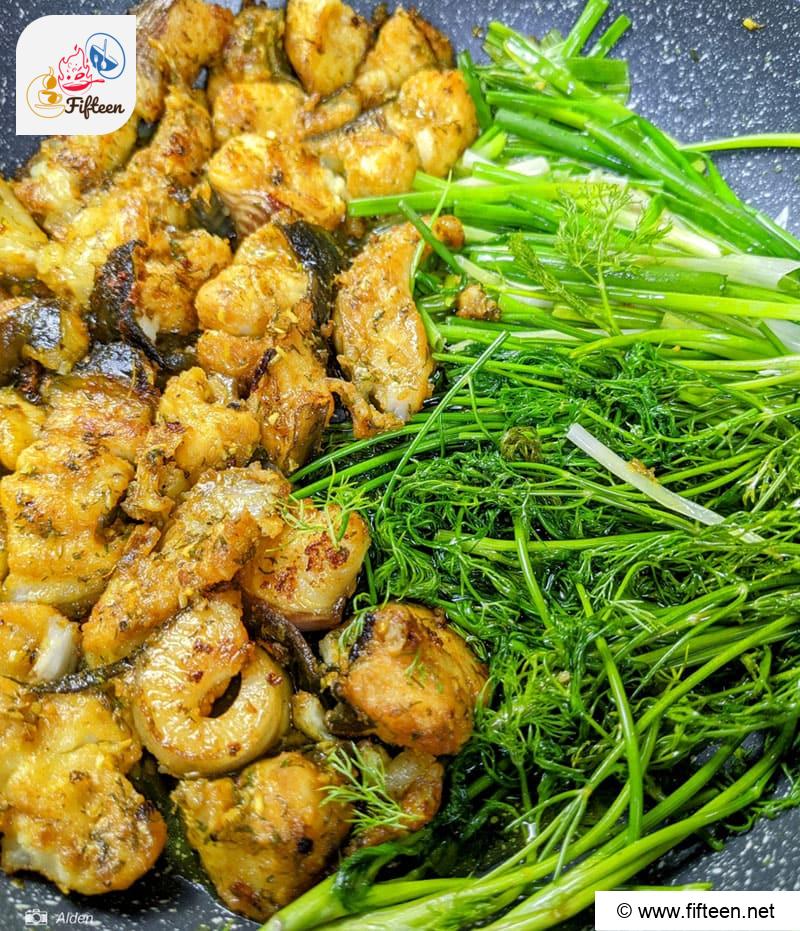
Tien – Alden
Content Writer
Expertise
Home Cooking, Recipe Development, Food Editor, Beverage Editor, Cooking-video Maker, Asian Food Content Creator
Education
Saigon Tourism College
Advanced Culinary Workshop, Beijing
Vietnamese Traditional Cooking School
American College of Vietnam
Alden is a skilled chef with expertise in Asian cuisines, known for blending traditional Vietnamese and Chinese cooking with contemporary innovations. Alden’s passion for Asian flavors and her creative approach to both food and beverages inspires fellow chefs and those aspiring to enter the field.